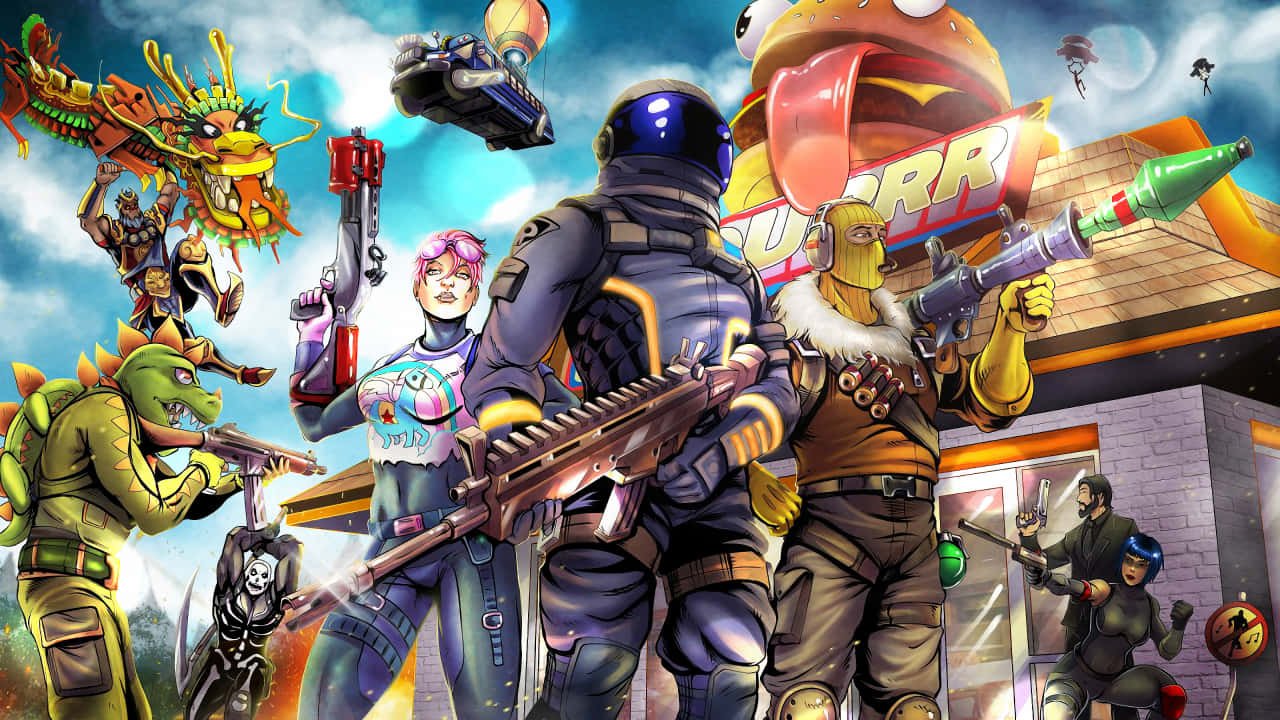The Voice of Competitive Gaming – Ho w Shoutcasters shape the world of Esports
A new spectator sport is capturing the imagination of millions of people around the world. It’s played in packed stadiums and on screens all over. Athletes with unmatched reflexes, strategic minds and crowds who roar compete for glory and fortune. The world of competitive gaming or esports is a thrilling one. This is a world of high-stakes gaming, intricate strategies, and stunning moments of skill. Behind the keyboard clicks and frantic clicks, there is a vital element that brings digital drama to life. The voice of the commentator. They are known as shout casters, and they transform complex games into human stories. This blog is related to zainblogs.com. From a niche hobby in basements or LAN cafes, Esports is now a multibillion dollar global industry. The evolution of Esports was not only driven by faster internet or better games, but also by the creation of a professional sports ecosystem. The broadcast is at the heart of this ecosystem. As a football match would be less interesting without an expert commentator to explain plays and build a narrative, esports matches rely on shoutcasters for translation of the on-screen actions to a diverse audience. They are able to bridge the gap between the hardcore players and the casual viewers. This makes the spectacle more accessible, exciting and emotionally engaging. The Evolution of a Global Phenomenon: From LAN parties to Stadia Competitive gaming has its roots in the early days when video games were first introduced. The arcades of the 70s and 80s were a popular place to play games such as Space Invaders, Donkey Kong. In the 1990s, PC gaming and internet usage grew. Tournaments were organized for games like Quake and. These events were called LAN parties and players brought their computers in to compete. The audience was small, and the competition fierce. I n the 2000s the game StarCraft Brood War , a real-time strategy , became a national obsession, especially in South Korea. Television matches, professional teams and celebrity players set the foundation for modern esports. Here, the role of the commentary began to take shape. In the 2010s, esports became a global phenomenon. With the advent of streaming platforms such as Twitch and YouTube Gaming, anyone with a connection to the internet could watch live competitions anywhere in world. The popularity of games like Counter-Strike: Global Offensive, Dota 2 and League of Legends grew, as did the number of players. Professional leagues were formed with prize pools of millions of dollars. The tournaments were moved from convention centers to sporting venues such as Madison Square Garden and Staples Center. Tickets sold out and proved that digital sport can command an audience as passionate as any physical sport. Esports: The Impact on Culture and Economy Esports are not only a form entertainment, but also a major economic engine. Advertising, sponsorships and media rights generate revenue for the industry. Ticket sales, merchandise and merchandise are also a source of revenue. Mercedes-Benz and Coca-Cola have made significant investments in esports, realizing the potential of this medium to reach young, tech-savvy and highly engaged audiences. Professional players earn salaries of six or seven figures, with prize money and sponsorships. A whole support industry has developed, which includes coaches, analysts and managers as well as production crews. Esports have legitimized competitive gaming in the culture. It has challenged the traditional notions of athleticism and sport, focusing on mental acuity and teamwork. Some countries recognize esports athletes as professional athletes and offer scholarships for esports. Communities that form around certain games are international, bringing people together from different cultures and languages. Esports have their own heroes, rivalries and iconic moments. They are immortalized and discussed in the same manner as a World Cup winning goal or Super Bowl touchdown. Shoutcasting: More than just talking The shoutcaster is at the core of the esports experience. This term was born in the early days when commentators would shout with excitement. It now refers to a demanding and sophisticated profession. Two main types of commentators work in tandem on a typical esports show: Play-by Play Caster: Essentially, this person is the main narrator. They are able to deliver their messages quickly and have an extensive knowledge of the mechanics of the game. They must follow the fast-paced gameplay and call out important actions, objectives, and eliminations as they occur. They create excitement and make sure the audience does not miss any important events. Their enthusiasm is contagious, and they can make a great play legendary. Color Caster or Analyst: Provides the strategic context. The colorcaster provides context to the match. While the play by play announcer focuses on the action, the analyst explains what’s going on and why. They examine team strategies, player choices, economic benefits, and possible future outcomes. Former professional players and coaches are often the ones who present, as they have an impressive background. During lulls, they slow down the pace to give insights, share player stories and educate the audience.This synergy is what makes a broadcast compelling. The colorcaster is the one who provides substance, while the play-by-play announcer provides hype. Together, they take the viewer on a journey through the story of the match. The Viewer Experience Shout casters make esports more accessible. Many popular esports games are extremely complex and have a steep learning slope. Unable to understand the visual chaos, a new viewer may be lost when watching a League of Legends match or dota 2. The commentators are translators. They simplify complicated concepts, explain in-game items, and describe the importance of abilities and other game elements. Casters also humanize players. Casters discuss the players’ styles and share their background stories. They also highlight rivalries between them. Casters transform digital avatars into real people with goals and concerns. A caster explaining that a particular player is known for his “clutch” performance under pressure adds another layer of tension in a crucial late-game situation. This emotional investment will keep viewers interested and turn them into loyal fans. Commentators provide a … Read more









